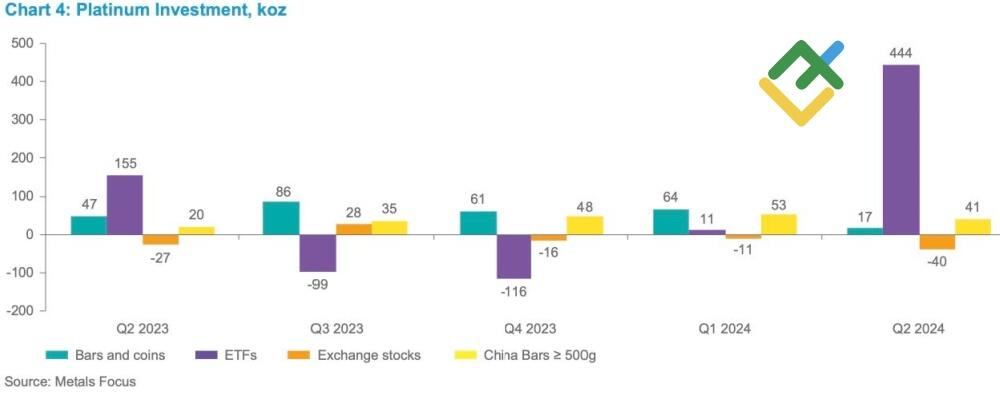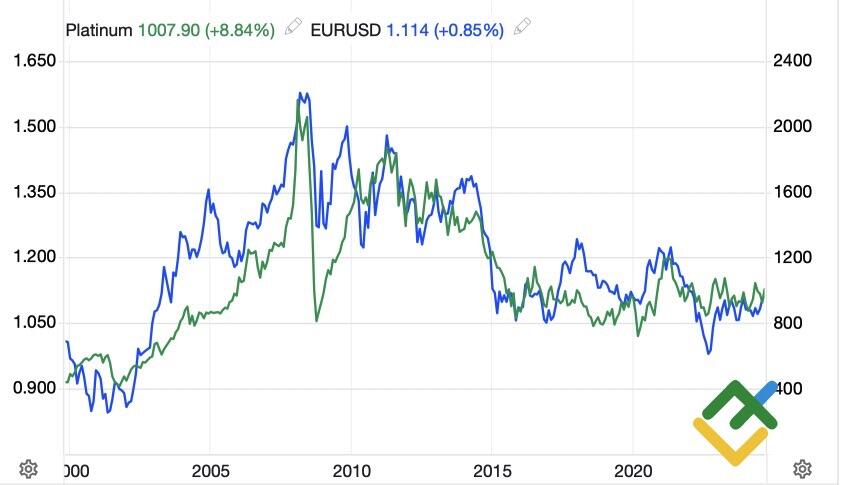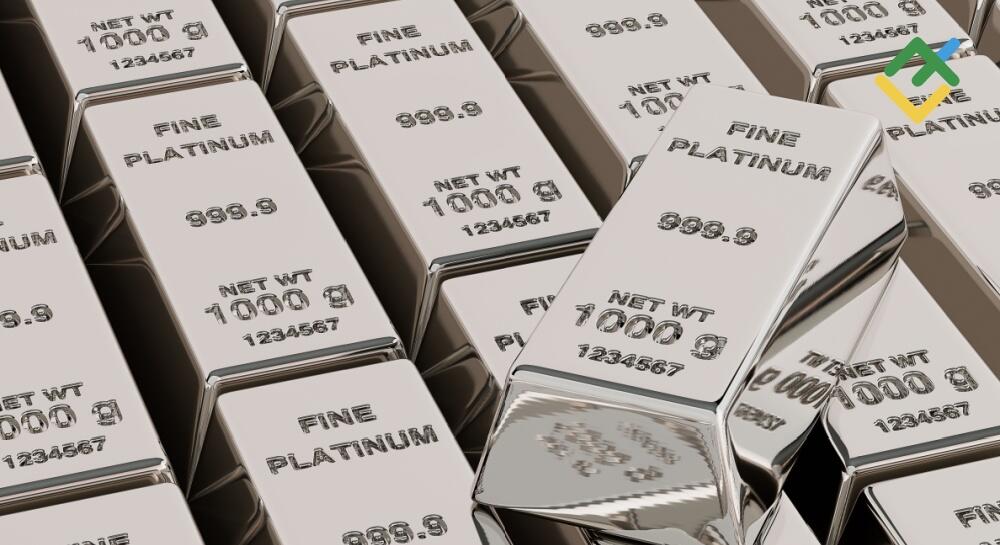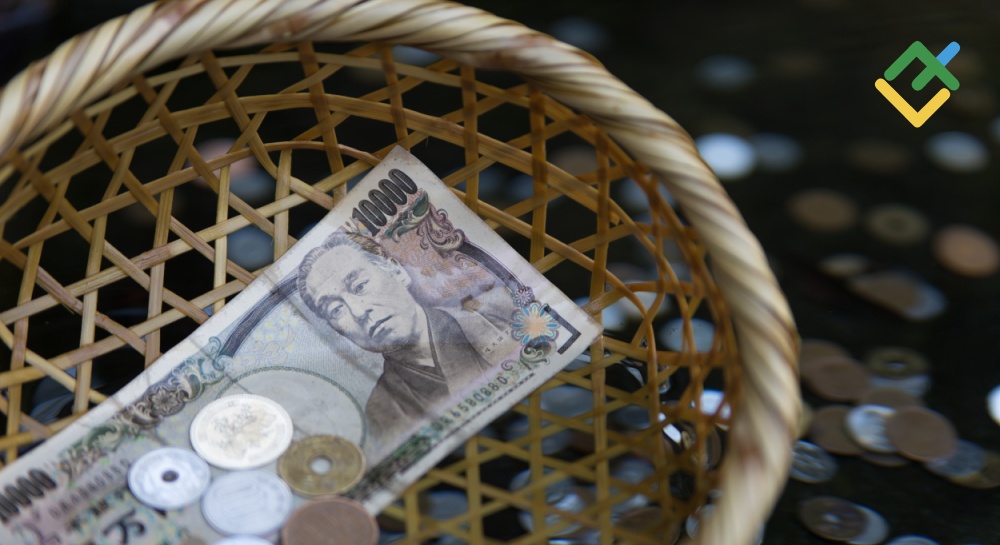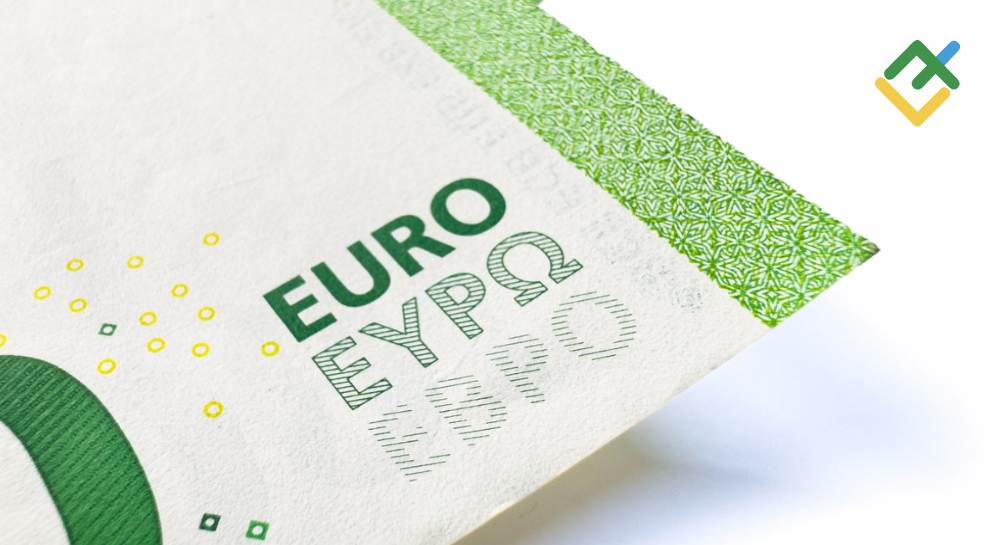
The high investment demand and persistent deficit have created a robust foundation for the XPTUSD rally. The aggressive start of the Fed’s monetary expansion and China’s large-scale stimulus have further bolstered the market. Let’s discuss these topics and make a trading plan.
The article covers the following subjects:
Highlights and key points
- Platinum supply will continue to shrink.
- Demand in the areas of production and investment will increase.
- A permanent deficit will push prices higher.
- XPTUSD quotes may reach $1,150 and $1,250 per ounce.
Platinum fundamental forecast for 6 months
The start of the Fed’s monetary easing cycle had a positive impact on the precious metals sector as a whole. Over the past month, palladium has seen a 9.5% increase, silver and platinum have risen by 8.3%, and gold has gained 5.7%. The current economic climate, characterized by lower interest rates, declining real bond yields, and significant weakness in fiat currencies, presents an ideal environment for assets that are scarce in nature. XPTUSD bulls have identified another factor that will contribute to higher prices in the long term: the existence of permanent deficits.
The World Platinum Investment Council (WPIC) forecasts that demand for the metal will exceed supply by an average of 769K ounces between 2025 and 2028, exceeding the January estimate of 546K ounces. Production in South Africa is expected to decline by 4% over this period, while output in North America is anticipated to decrease by 33%.
Platinum market balance
Source: WPIC.
Conversely, demand is expected to rise. The transition from gasoline and diesel to electric vehicles should maintain platinum’s positive outlook. However, WPIC reports a decline in interest in electric cars. While demand increased by 30% in 2023, it is anticipated to decelerate to a rate in the single digits in 2024. The popularity of hybrid cars is supporting platinum prices, as the use of the metal in their production is a significant driver of demand.
The WPIC anticipates that investment demand will increase by an average of 128K ounces per year, driven by China’s continued demand for bars and coins. It seems that the estimate is lower than it should be. Given the current market conditions, gold appears to be a relatively expensive investment option. Platinum, in contrast, offers investors a compelling alternative.
Investment demand for platinum
Source: Metal Focus.
The WPIC projects that the persistent deficit will necessitate the utilization of ground stocks to fulfill demand, which will consequently lead to a surge in XPTUSD quotes. A further factor is the expectation of accelerated global economic growth as a result of large-scale monetary stimulus from the Fed, the People’s Bank of China, and other regulators.
With regard to the correlation between platinum and the EURUSD currency pair, it is evident that the European automotive industry’s high share of metal consumption plays a significant role. However, the underlying factor is the status of the euro as a procyclical currency. When the global economy is performing well, the euro rises, creating a tailwind for the XPTUSD. Conversely, a slowdown in global GDP is a potential concern for bulls.
Platinum performance and EURUSD rate
Source: Trading Economics.
XPTUSD trading plan for 6 months
Goldman Sachs has revised its forecast for the EURUSD pair upwards to 1.15, citing the duration of the Fed’s monetary expansion cycle. Should this occur, platinum has the potential to outperform gold and silver since the beginning of the year. The metal is expected to hit the targets of $1,050 and $1,150 per ounce within the next three and six months, respectively. It would be prudent to adjust these targets to $1,150 and $1,250 while keeping the previously initiated long positions open and forming more long trades on pullbacks.
Price chart of XPTUSD in real time mode
The content of this article reflects the author’s opinion and does not necessarily reflect the official position of LiteFinance. The material published on this page is provided for informational purposes only and should not be considered as the provision of investment advice for the purposes of Directive 2004/39/EC.
{{value}} ( {{count}} {{title}} )
This post is originally published on LITEFINANCE.


